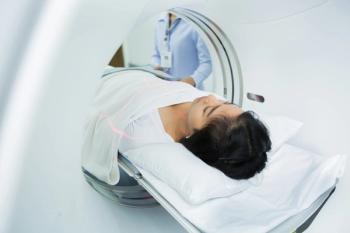
- Diagnostic Imaging Vol 31 No 10
- Volume 31
- Issue 10
Nuclear imagers adjust to to practice without Mo-99
Nuclear imagers are using alternatives to keep their practices alive until the National Research Universal Reactor at Chalk River, ON, resumes production of Mo-99
Nuclear imagers are using alternatives to keep their practices alive until the National Research Universal Reactor at Chalk River, ON, resumes production of Mo-99. The shutdown has disrupted 60% of radiopharmacies in the U.S., according to an online survey jointly sponsored by the SNM and the National Association of Nuclear Pharmacies.
Only a third of respondents said they have an alternate source of Mo-99/Tc-99m generators, namely manufacturers with access to isotopes produced in reactors outside of North America. About 84% have eluted older generators more often to draw off as much technetium isotope as possible; 82% are using thallium-201 for cardiac imaging; 6% are performing F-18 FDG-PET bone imaging; and about 9% have shifted to F-18 sodium fluoride (NaF). Indium-111 (5%), gallium-67 (2%), and nitrogen-14 ammonia (1%) were also cited as alternatives.
Articles in this issue
about 16 years ago
Experts shell out advice to avoid job outsourcingabout 16 years ago
Teleradiology day readsshake up the specialtyabout 16 years ago
Radiologists back universal coverage, pan 'public option'about 16 years ago
MR cracks ‘age-doping” in international youth soccerabout 16 years ago
Calcium scoring fills imaging triage roleabout 16 years ago
Physicians question value of breast cancer legislationabout 16 years ago
Image Gently addresses IR to reduce bad practicesabout 16 years ago
Postprocedural complication of vertebroplastyabout 16 years ago
High-field cardiac MR imaging enjoys continued strong progressabout 16 years ago
3D breast MR technique offers exceptional detailNewsletter
Stay at the forefront of radiology with the Diagnostic Imaging newsletter, delivering the latest news, clinical insights, and imaging advancements for today’s radiologists.



























